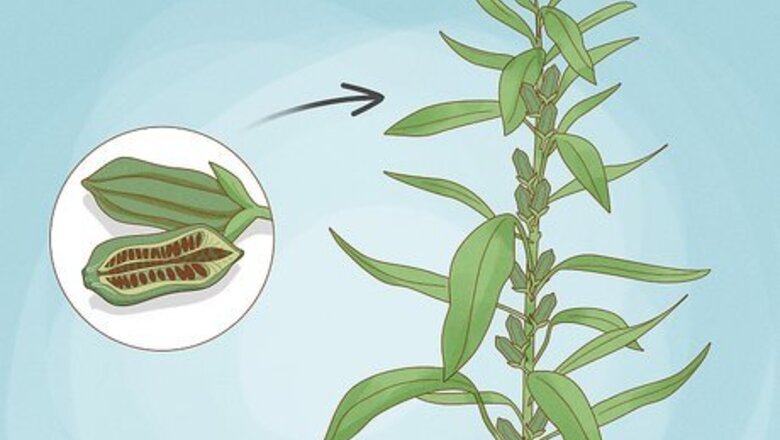
views
- Sesame seeds grow into sesame plants. The plants produce fruit pods that contain sesame seeds.
- Sesame plants are farmed and cultivated for their seeds. They’re often farmed in dry climates in Asia and Africa.
- Sesame seeds are used in many foods, especially baked goods. They can also be pressed to make sesame oil.
- To grow sesame at home, plant the seeds in moist soil until they sprout. Then transplant them to a sunny spot with dry soil, watering them weekly for 3-4 months.
How Sesame Seeds Grow
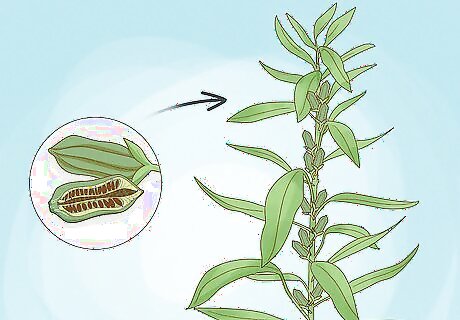
Sesame seeds grow into sesame plants, which look like mini cornstalks. They grow roughly 24 inches (60 cm) tall and have a single, skinny stem with feather-shaped leaves. Sesame plants also produce small bell-shaped flowers, which can be white, pink, or purple. After being pollinated, the flowers produce small fruit pods containing dozens of sesame seeds. Sesame fruit pods can break open at the slightest touch, sometimes making a “popping” sound. This helps the plants spread their seeds and produce more offspring.
How are sesame seeds produced?
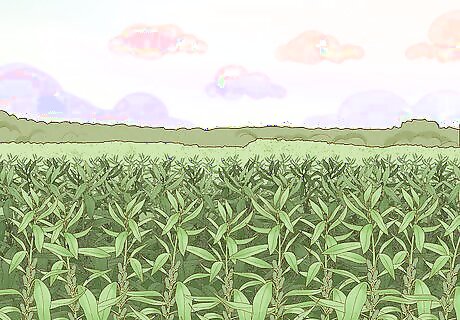
Sesame plants are farmed and cultivated for their seeds. The seeds are planted about 6 inches (15 cm) apart in fertile, well-drained soil. The plants begin growing, with flowers usually appearing after 38-45 days. Once the flowers are pollinated by honeybees and other insects, the fruit pods begin to grow. The plants mature after a total 90-110 days. Once the sesame plants are mature, farmers wait another 20-40 days for the plants to dry out. The fruit pods usually begin to open on their own during this time, releasing the seeds. Sesame plants thrive in dry climates where average temperatures range from the 86-92°F (30-33°C). This is why they are commonly grown in places like Tanzania, India, and certain regions in China.
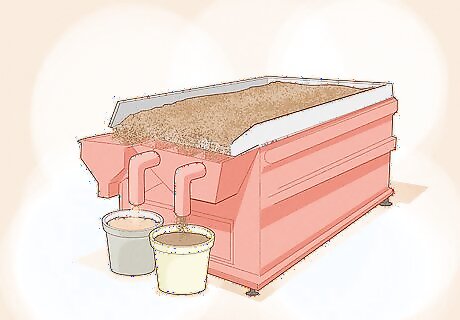
Sesame seeds are extracted from sesame fruit pods using machines. The seeds are cleaned and hulled, which removes their outer coatings. Then the seeds are automatically sorted by size and color. Traditionally, sesame seeds were extracted by hand since the fruit pods are prone to “shattering”—that is, breaking open and spilling the seeds everywhere, resulting in lost seeds. However, newer “shatter-proof” strains have been created that are much easier to work with.
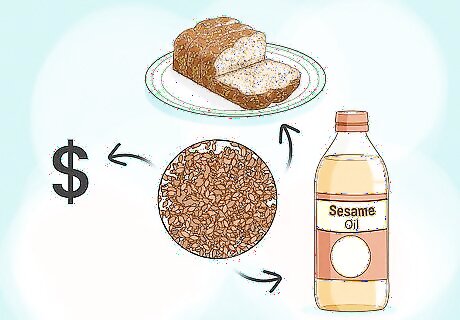
After extraction, sesame seeds are sorted for use in different products. Some of the light-colored seeds are sold directly to consumers since these are the most aesthetically appealing. Most of the remaining seeds are sold to food companies that produced baked goods. The leftovers, consisting of immature or off-sized seeds, are pressed to make sesame seed oil. In the U.S., sesame oil is also used in pharmaceutical and cosmetic products.
How to Grow Sesame Yourself
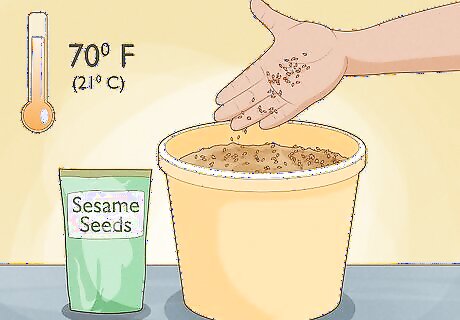
Plant raw sesame seeds in an indoor pot. You can get your sesame seeds from a gardening store, or from any supermarket—just make sure to buy raw, untoasted seeds. Place them in moist, light soil and keep the temperature at 70°F (21°C). Once the seeds sprout, transplant them into an outdoor garden with full sunlight. Place the plants about 6 inches (15 cm) apart. When you first plant your seeds, keep the soil moist but not wet. Start growing your seeds in the spring after the last frost has passed. Your seeds won’t grow if the weather is too cold.
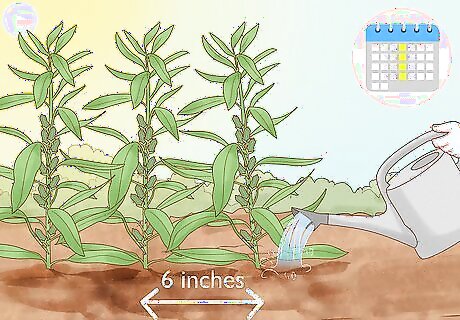
Water your sesame plants once per week. Make sure your plants are in full sunlight, and don’t let the soil get too saturated. Sesame plants do best in dry conditions. After 3-4 months, flowers and sesame fruit pods will begin to appear. Use caution when touching or observing the fruit pods since they’re very fragile. As they ripen, they’ll begin to split open and release the seeds.

At the end of summer, pluck the fruit pods off your sesame plants. Collect the fruit pods in a basket, then spread them onto a flat surface to dry for 2-3 days. Once they’re dry, crack open the pods and scrape the seeds onto a flat surface. Leave the seeds to dry for another 2-3 days. Store your dry seeds in a sealed glass jar at room temperature. Dry sesame seeds last for 3-4 years. While they don’t spoil, they do lose their flavor over time.
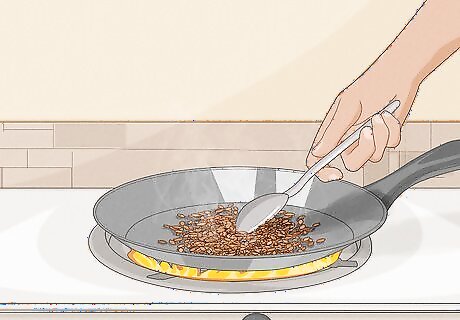
Use your sesame seeds for baking and cooking. Toast your seeds in an oven or skillet, then use them in stir-fry dishes. Use a mortar and pestle to grind your toasted seeds into powder, then mix the powder into hummus. Or sprinkle your seeds onto cookies to give them a crunchy texture and nuttier taste. There are countless recipes from around the world containing sesame seeds. Find some recipes online, or create your own.


















Comments
0 comment